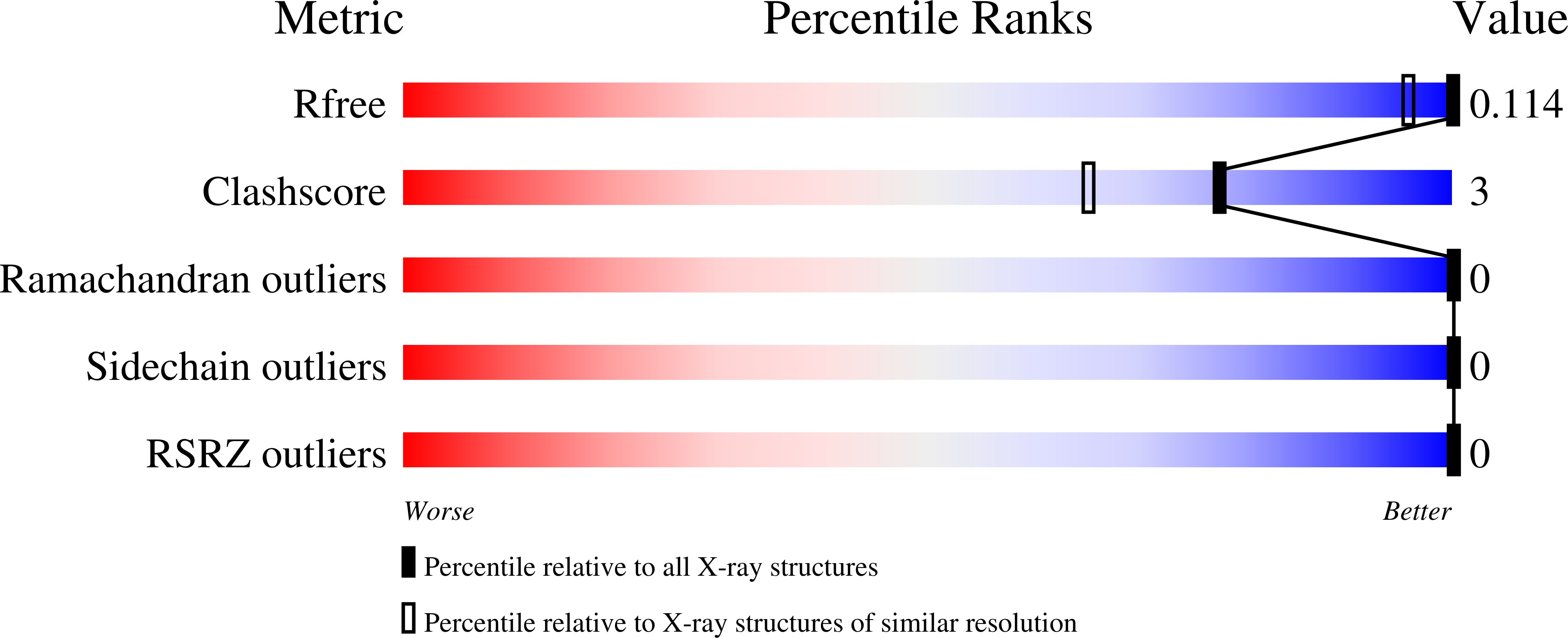
Deposition Date
2024-12-23
Release Date
2025-05-21
Last Version Date
2025-06-04
Method Details:
Experimental Method:
Resolution:
0.80 Å
R-Value Free:
0.11
R-Value Work:
0.11
R-Value Observed:
0.11
Space Group:
P 1


